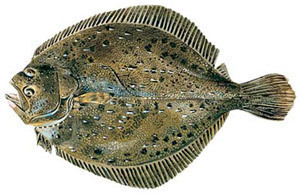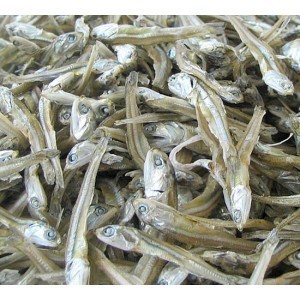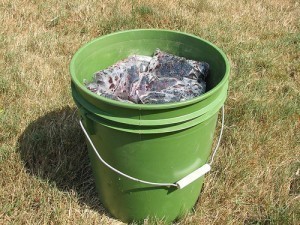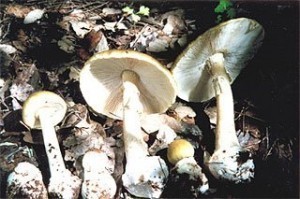Brill Sizes
Endemic to the waters of the Mediterranean, the North Atlantic and the Baltic Sea, Scophthalmus rhombus or the Brill is a flatfish species belonging to the Scophthalmidae family of the order Pleuronectiformes. It has a slender brown body covered (except for its tailfin) with flecks of both lighter and darker colors, and typically has a cream-colored or pinkish-white underbelly. Its average size ranges from 40 to 75 cm long and 3 kg in weight.
the North Atlantic and the Baltic Sea, Scophthalmus rhombus or the Brill is a flatfish species belonging to the Scophthalmidae family of the order Pleuronectiformes. It has a slender brown body covered (except for its tailfin) with flecks of both lighter and darker colors, and typically has a cream-colored or pinkish-white underbelly. Its average size ranges from 40 to 75 cm long and 3 kg in weight.
The brill is sometimes mistaken for Psetta maxima or the Turbot, which belongs to the same family and order. But while physically similar, the turbot is distinguished by its more diamond-shaped body. It is likewise found in the Baltic Sea, the North Atlantic and the Mediterranean, as well as in the Black Sea. It is acknowledged to grow up to a length of 100 cm (39 in) and a weight of 25 kg (55 lbs).
One of the characteristics shared by both the brill and the turbot is that both their eyes lie on the left side of their head. In fact, the flatfish species is peculiar in that their eyes lie either on the left or right side of their body. One such left-eyed flatfish is the genus Citharichthys or the Sanddab, from the Paralichthyidae family. Among its species is Citharichthys fragilis or the Gulf sanddub. With a brownish body splotched with dark-colored patches, as well as a pale-colored underside, it is a small-sized species at only about 10 cm (3.9 in) long.
Moving on to a right-eyed variety of flatfish, the Halibut belongs to the genus Hippoglossus, and is native to both the North Atlantic and North Pacific Oceans. The top side of its body is gray-black while its underside has an off-white color. The largest known species of flatfish, it averages between 11 to 13.5 kg (24-30 lbs), though there are accounts of halibut as heavy as 333 kg (734 lbs). The largest recorded catch to date had a length of 2.5 m (8.2 ft) and a weight of 211 kg (470 lbs).
The Plaice is a right-eyed type of flatfish that comes in four species. The first is the European plaice, distributed from the Barents Sea to the Mediterranean. Distinguished by the red spots on its smooth brown bodies and the bony ridge behind its eyes, it is known to grow to a maximum size of 100 cm (39.4 in) and can reportedly live up to 50 years. The American plaice ranges from southern Labrador to Rhode Island, though it can also be spotted in Europe. Reddish or brown in color with rougher and larger scales than the European plaice, it is also usually smaller in size (growing not more than 82.6 cm (32.5 in)) and shorter in life span (30 years). The Alaska plaice can also thrive for 30 years, and can reach a size of 60 cm (24 in), while the Scale-eyed plaice of the northern Pacific can achieve a length of 46 cm (18 in) and a weight of 1.2 kg (2.6 lbs).





